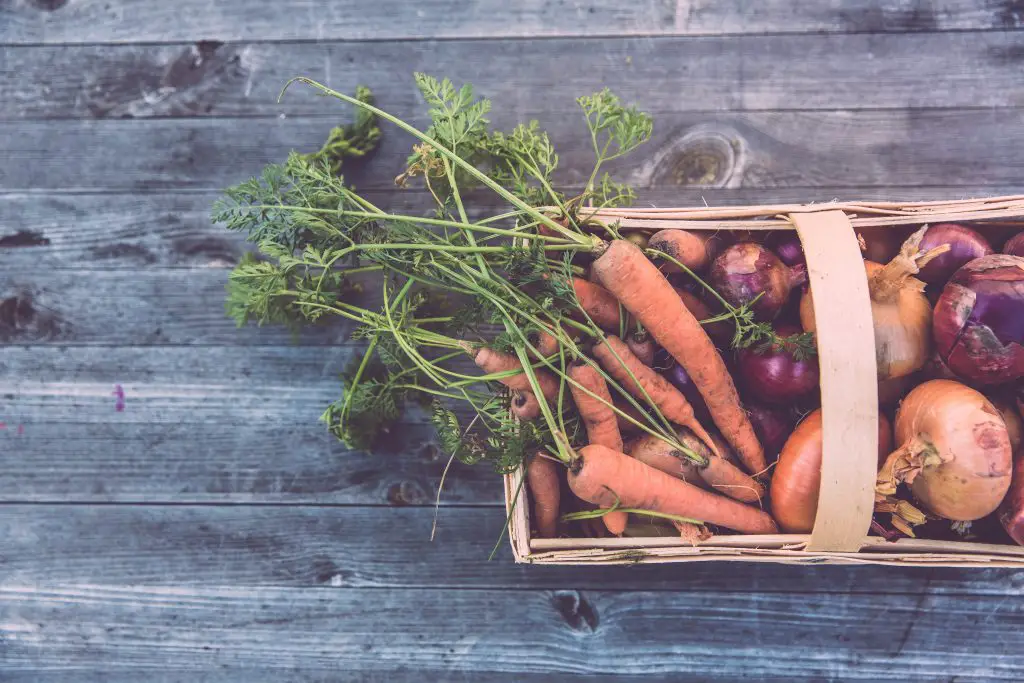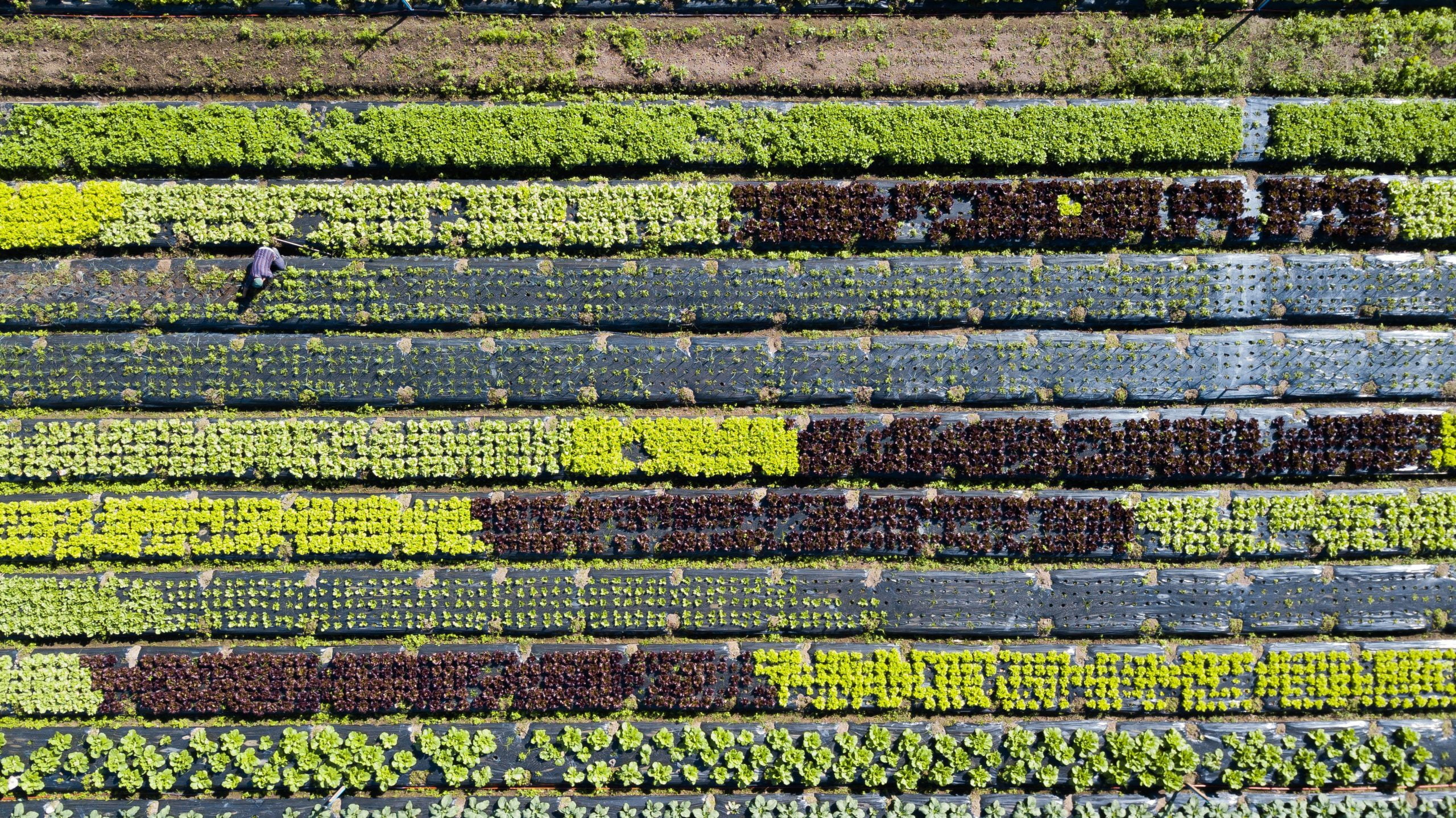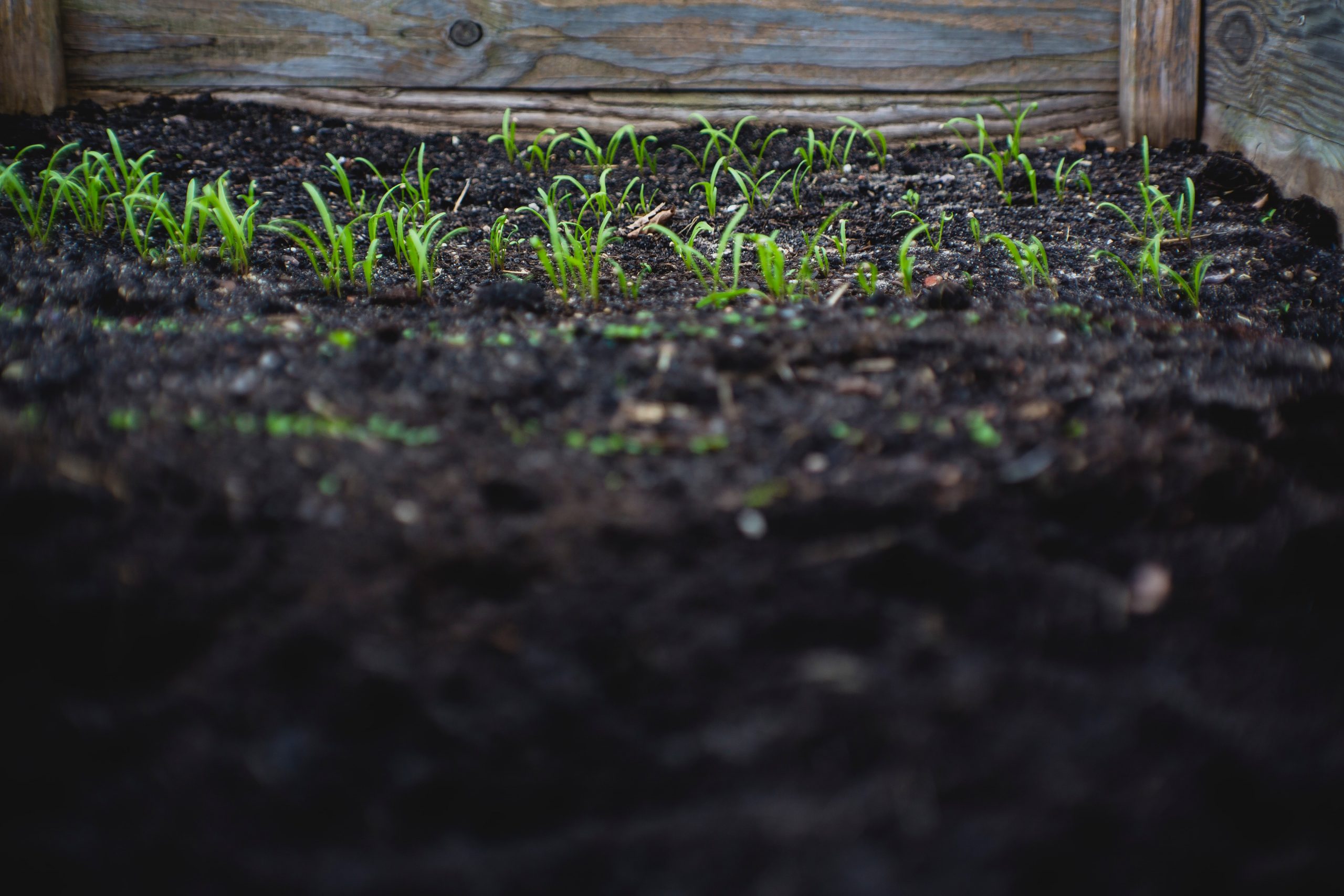How Long before I Can Harvest my Vegetables? The number days from planting a seed to harvesting a crop, is one of the most fundamental things a gardener needs to know, when planning and planting out their vegetables. This, at first glance, seems like a difficult question when considering that growth rate is impacted by;
- Temperature
- Water
- Day Length
- The Variety
However, despite all of these potential variations, multiple plant trials have shown that, in many cases, the date of first harvest is often quite relatively uniform, despite having substantial variations in climatic conditions. An example of this is shown by comparing the days to harvest of Tomatoes, in studies from the University of Tennessee, Ohio State University and data from our own results.
| Region | Days to Harvest for Tomatoes |
| Ohio | 121 |
| Tennessee | 113 |
| Melbourne, Australia | 110 |
Given, that the varieties compared were not common across the studies, it is far from a definitive comparison, however it does provide an indication that there is a degree of uniformity. In the trials completed within our garden, we have looked at a number of varieties of Tomatoes and observed that the days to first harvest, typically range from 90 to 120 days, though there are some earlier varieties. Therefore, with Tomatoes, there is a reasonable degree of certainty that you will harvest Tomatoes approximately 110 days after the seed is planted. A similar degree of certainty can be obtained for a range of other vegetables.

In the table below, the harvest times of a range of vegetables have been compiled, based on actual trial data from multiple sources, which includes a range of American Universities including the University of Tennessee, Ohio State and The Cornell University, to name a few. While there will also be a degree of variation with specific varieties and conditions, this list should give a reasonable estimate of when you might expect to be able to harvest your vegetables.
| Vegetable | Days to Harvest from Seed |
| Beetroot | 70-80 |
| Beans | 100-110 |
| Carrot | 70-75 |
| Cucumber | 80-90 |
| Eggplant | 100-110 |
| Kale | 70-80 |
| Lettuce | 40-50 |
| Peppers | 100-120 |
| Radish | 50 |
| Squash, Summer | 70-80 |
| Squash, Winter | 120 |
| Sweet Potato | 120 |
| Swiss Chard | 40-50 |
| Tomatoes | 120 |
Why are Harvest Dates for Seeds so Different to What the Seed Packet Says?
The information that causes the most confusion among gardeners is what comes from many seed companies. It is common for seed companies to underestimate, significantly, the number of days from planting until harvest. The main reason this occurs, is that many seed companies quote the days to harvest, based upon the transplant date of the seedlings, for the most part, rather than the sowing date of the seeds. However, what the numbers of days or weeks to harvest referred to is, is never explicitly stated on most seed packets.

This is likely done to gain a commercial advantage, as most people when comparing seed packets of the same variety, would choose the brand that produces a harvest quicker. Unfortunately, this practice has led to a lot of confusion among gardeners that have not grown a particular vegetable before. This practice also brings into question how reliable the claims are that seed companies make about a variety being an early or late variety.
A study comparing the dates of the first harvest on seed packets, versus the actual first harvest dates were released by Ohio State University in 2017. It shows the degree of disparity in a range of vegetables. Based on these results, it is apparent that in most cases, those vegetables that are most likely to be sown directly, have generally more accurate indications of days to harvest, ±2 weeks, on the seed packets. For those that are most likely to transplanted after sowing, a general rule of thumb would be add between 4-6 weeks for most vegetables to the quoted harvest time, and 6-8 weeks for Tomatoes, Peppers and Eggplants.




